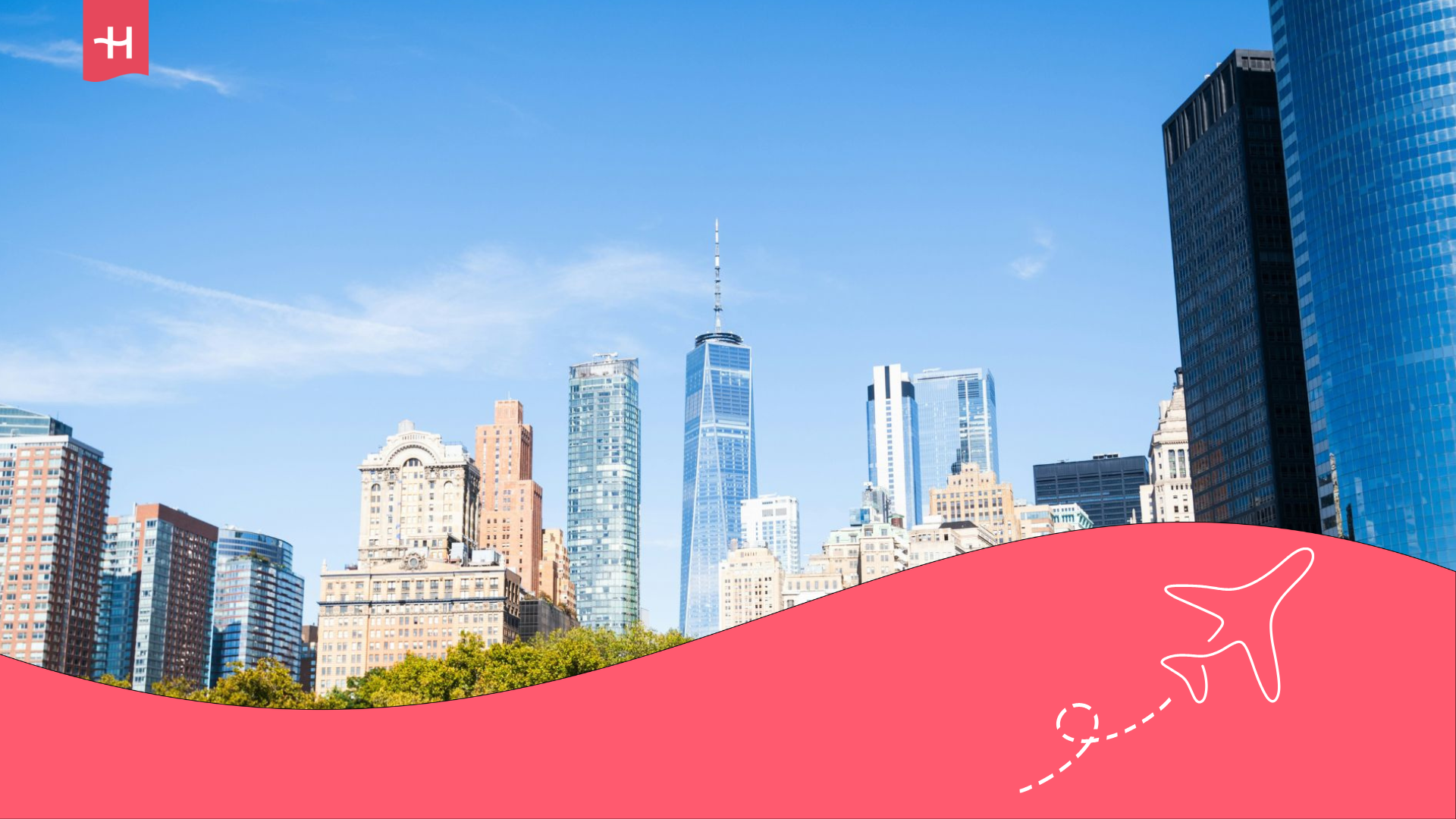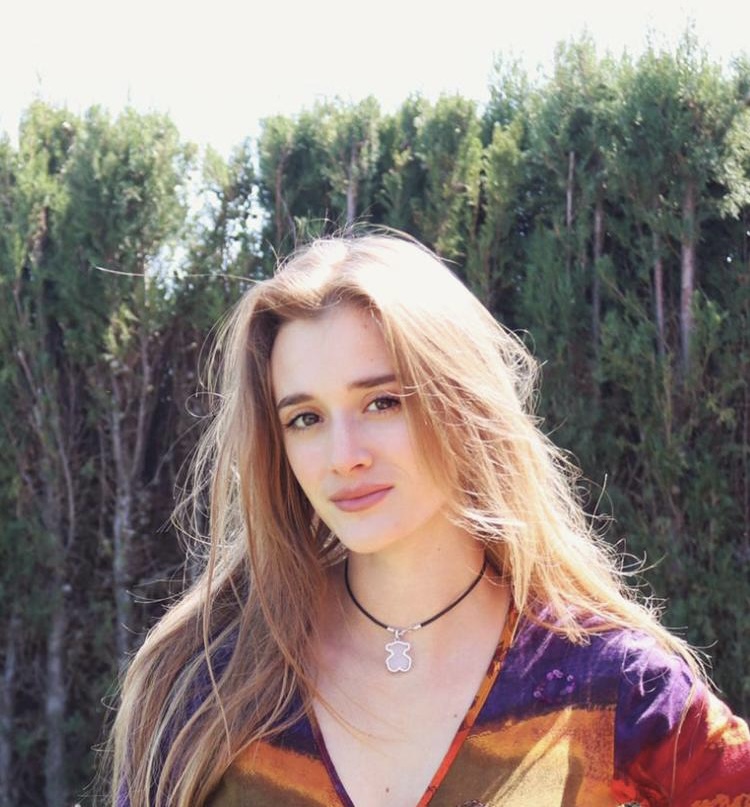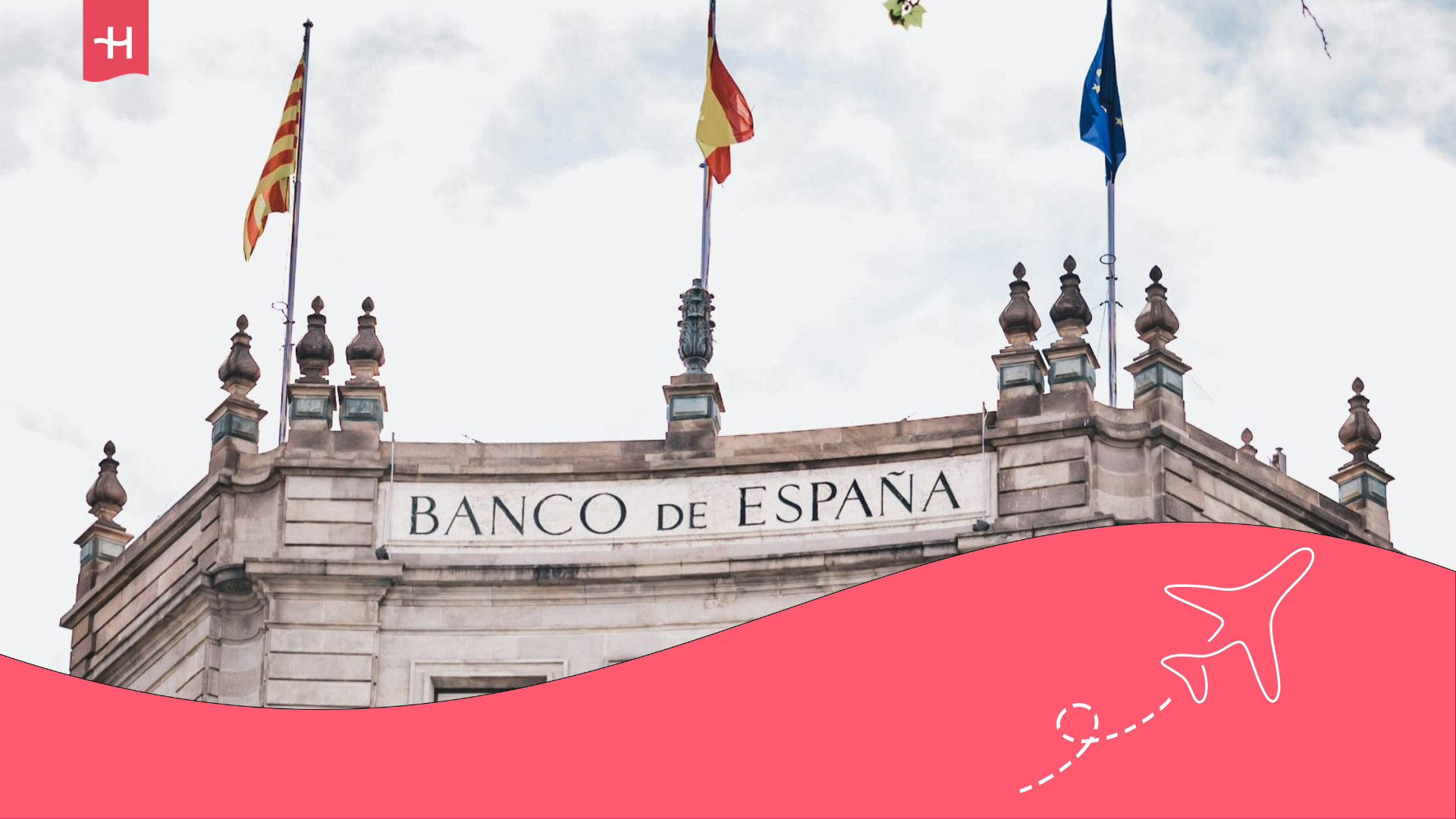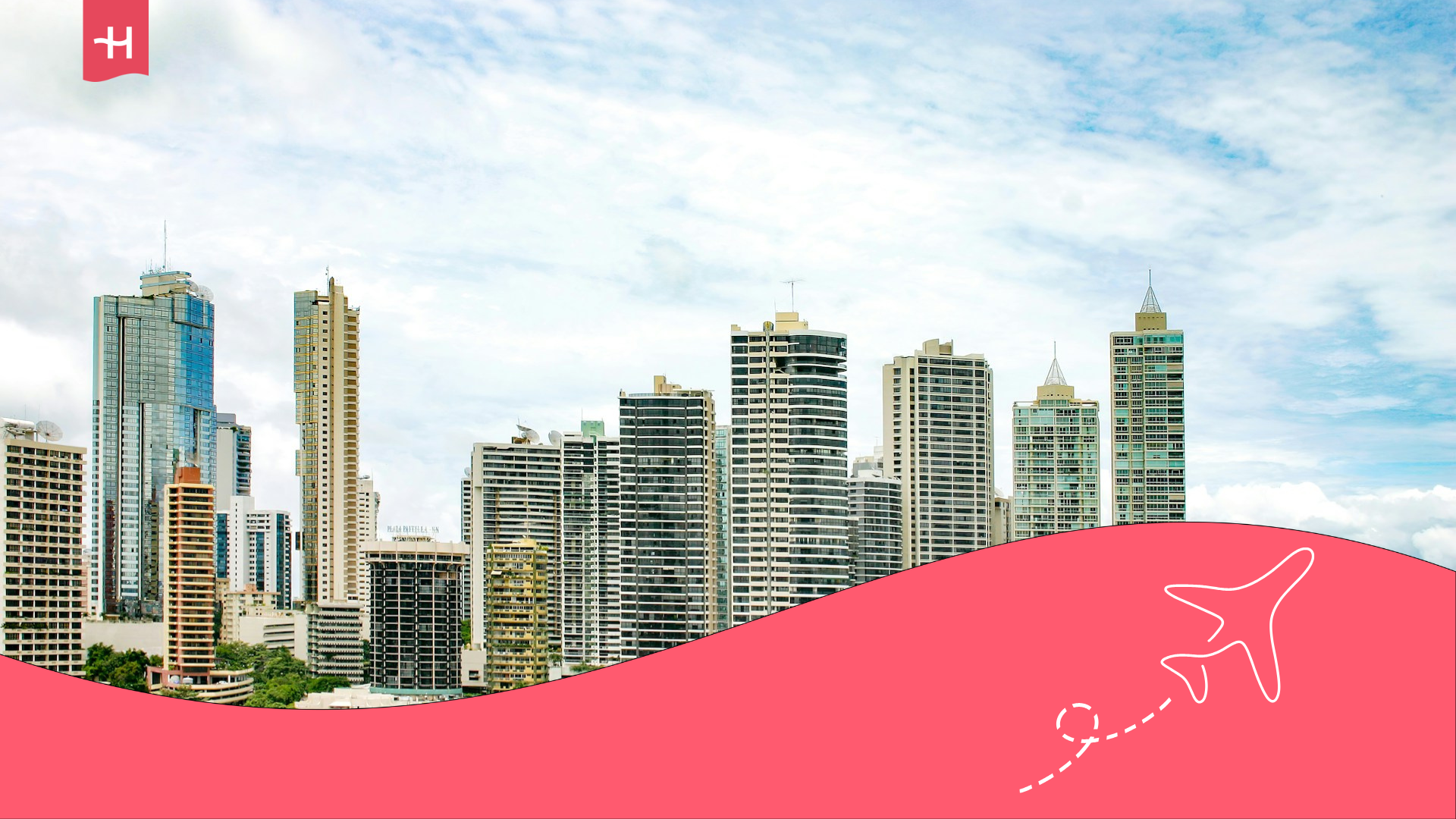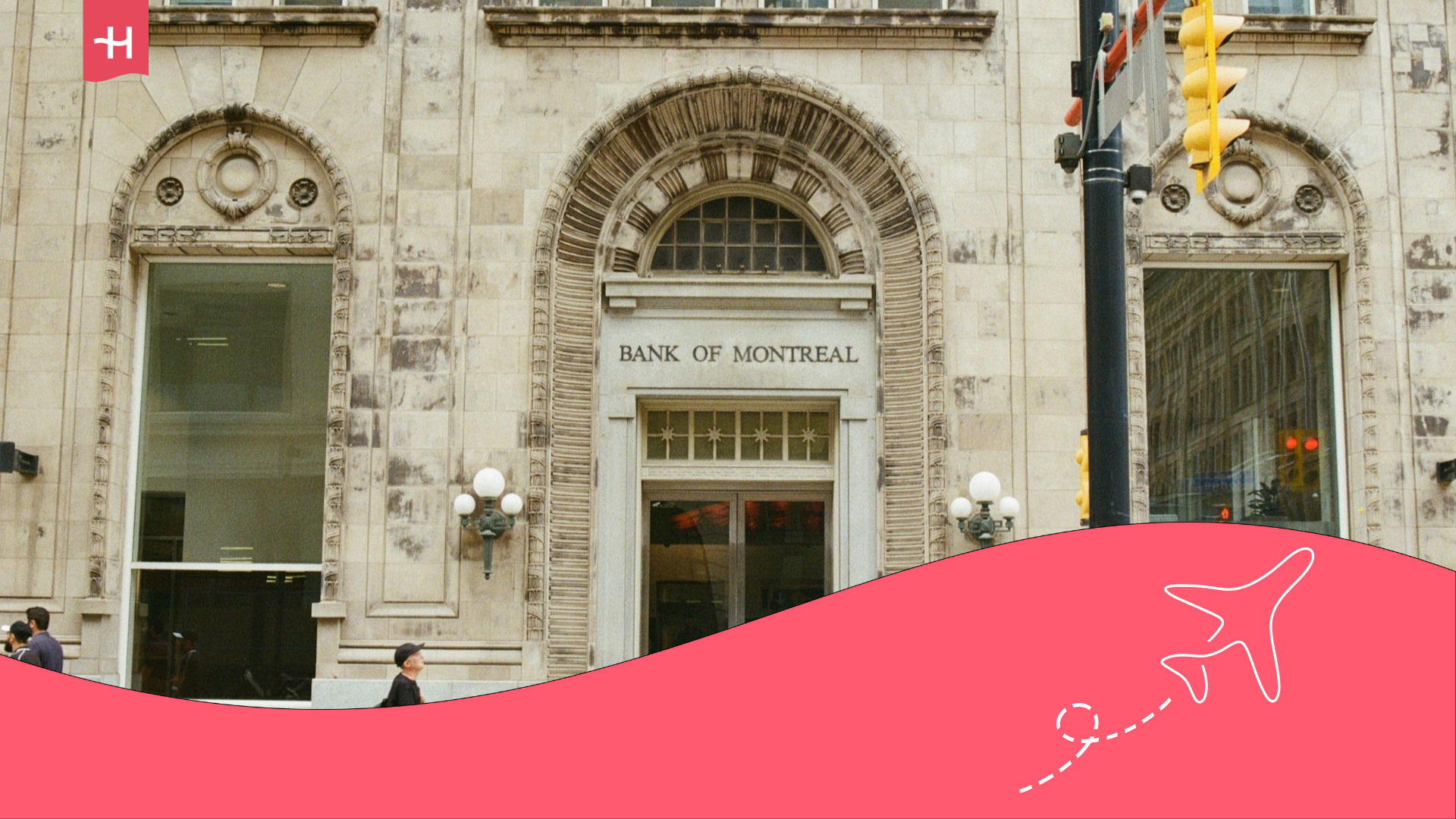Cost of living in Australia: Food, transport, and more
Discover the cost of living in Australia in 2025. We tell you what prices you will find for food and accommodation, among other things.
The high cost of living in Australia won’t surprise anyone. Rents, transport, and food cost much more than elsewhere. But how expensive? How much do you need each month to live there?
To help you picture 2025 expenses in the kangaroo country, we’ve prepared a guide with real examples of prices you’ll face on arrival. We’ll cover housing, commuting, and food. But also daily costs like internet or healthcare. Come with us and see if you could afford life in this fascinating country.
1. Average accommodation costs in Australia
Like in most countries if you rent, accommodation eats most of your budget in Australia. It’s far more expensive than many other regions. Prices have increased strongly, by about 10% in some places. According to specialized pages, it is estimated that up to 10% in some areas.
So you can calculate depending on whether you choose coliving, a flat, or Airbnb, let’s check average housing prices.
1.1. Furnished apartment rentals
Planning to rent a furnished flat long-term? Prices vary a lot between cities. Sydney is still the most expensive, smaller cities offer more affordable choices.
- Sydney: a one-bedroom flat in the centre costs around $730 A ($482 US, €440) weekly. That’s $2,920 A ($1,929 US, €1,760) monthly.
- Melbourne: prices are lower. You’ll find central one-bedroom flats at $570 A ($376 US, €345) weekly.
- Brisbane and Adelaide: cheaper options exist, with central flats from $450 A ($297 US, €270) weekly.
If you don’t mind sharing a flat, private rooms in shared places start at $250 A ($165 US, €150) weekly.
1.2. Co-living spaces
Coliving prices also vary greatly by city. Costs depend on included services and location. Here’s what to expect in popular digital nomad spots in Australia:
- Sydney and Melbourne: between $400-500 A ($260-330 US, €240-300) weekly.
- Other cities like Brisbane or Perth: from $300 A ($198 US, €182) weekly.
1.3. Airbnb
For a stay of weeks or months, Airbnb is handy. It avoids paperwork and deposits. Unlike many places, Airbnb prices in Australia dropped 11%. They’re still high though compared to other options.
- Average nightly price: $311 A ($205 US, €187).
- Estimated monthly price (30 days): $9,330 A ($6,165 US, €5,610).
If your budget is tight, you’ll find cheaper Airbnb in smaller cities, starting from $1,800 A ($1,189 US, €1,080) monthly.
1.4. Cost of living in Australia: hotels
Hotels are less practical for long stays. But if you plan to travel around, they’re an option. Prices depend on category and location. A 3-star hotel in the centre costs:
- Sydney or Melbourne: $150-200 A ($99-132 US, €90-120) per night.
- Brisbane, Perth, or Adelaide: from $120 A ($79 US, €72) nightly.
- Gold Coast peak season: prices can exceed $300 A ($198 US, €180) nightly.
2. Food costs in Australia
Let’s now talk about another expense that has a great weight in anyone’s monthly budget, food. Groceries and eating out in Australia aren’t cheap. Groceries and eating out in Australia aren’t cheap, especially in cities like Sydney or Melbourne, some of the best cities to live in. Still, options exist for all budgets. Let’s check typical amounts:
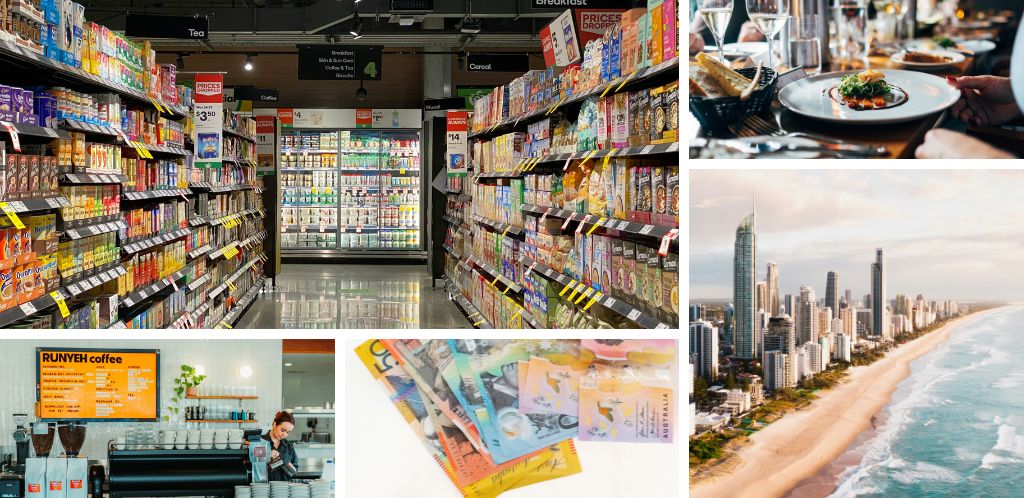
2.1. Supermarket prices
Checking catalogues from Australia’s most popular supermarkets, Coles and Woolworths, you’ll see these average prices:
- Milk (1 litre): $2.37 A ($1.55 US, €1.44)
- Eggs (dozen): $6.39 A ($4.20 US, €3.90)
- Chicken breast (1 kg): $12.94 A ($8.55 US, €7.90)
- Tomatoes (1 kg): $6.58 A ($4.35 US, €4.02)
- Local cheese (1 kg): $14.21 A ($9.38 US, €8.68)
- Local beer (0.5 litres): $7.18 A ($4.74 US, €4.39)
These are approximate, of course. It is difficult to narrow it down further, since it depends on many factors. For example, on the brand you choose and even the city or store you go to. Still, we can say monthly groceries for one person cooking at home cost about $400-600 A ($264-396 US, €243-365).
2.2. Eating out costs
Planning to eat out? You’ll need a larger budget. Restaurants aren’t cheap in Australia. But affordable options exist if you choose carefully. Here are some examples (city and area matter a lot):
- Breakfast: coffee with toast or pastry costs around $10-15 A ($6.60-9.90 US, €6-9).
- Lunch: a main dish at a modest restaurant costs $15-25 A ($9.90-16.50 US, €9-15).
- Dinner: at a mid-range restaurant costs $40-70 A ($26-46 US, €24-42) per person.
3. Transport prices in Australia
Transport costs matter a lot when calculating the cost of living in Australia. Prices are high, though it depends on which country you compare with.
3.1. Public transport: buses, trains, and trams
In major cities like Sydney, Melbourne, and Brisbane, public transport works well but isn’t cheap. Expect these average prices:
- Single ticket in Sydney: $4.00 A ($2.97 US, €2.43)
- Monthly pass in Melbourne: $150 A ($99 US, €91)
Note that some regions offer discounts or flat fares to promote public transport. For example, Queensland capped fares at $0.50 A ($0.33 US, €0.30) per trip.
3.2. Petrol and EV charging
Driving instead? Expect these prices:
- Petrol (1 litre): $1.50 A ($0.99 US, €0.91)
- Electric charging: $0.20 A ($0.13 US, €0.12)
3.3. Bike rentals
Bikes are a cheaper way to get around. Many cities have bike rental services. Here are typical rates:
- Annual subscription: $50-100 A ($33-66 US, €30-61)
- Daily rental: about $5 A ($3.30 US, €3)
3.4. Private transport: Uber and taxis
Avoiding public transport? Uber is popular in Australia. For short trips, it’s often cheaper than a taxi. Prices vary with time and demand though.
- 10 km Uber trip: $20-30 A ($13-19 US, €12-18)
- Taxi base fare: $4.50 A ($2.97 US, €2.74)
- Taxi fare per kilometre: $2.20 A ($1.45 US, €1.34)
3.5. Buying a car and insurance
Staying long-term? You might consider buying a car. Here are some reference prices for 2025:
- Car insurance (basic): $500-1,000 A ($330-660 US, €304-608) yearly.
- New car (Toyota Corolla): about $30,000 A ($19,824 US, €18,252).
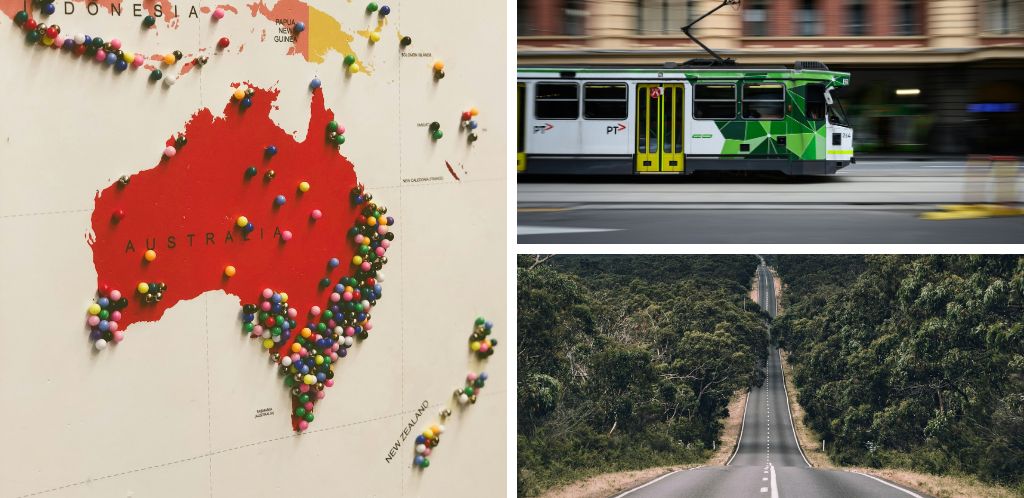
4. Healthcare costs in Australia
Australia has a high-quality public health system called Medicare. But temporary visitors can’t use it, unless they come from countries with bilateral agreements. You’ll get treated at public hospitals during emergencies, but bills can be huge. For instance, an appendicitis operation might cost $10,000-18,000 A ($6.608-11,894 US, €5,628-10,130). Also, the Australian student visa and similar ones require you to enter the country with insurance.
How much would a good policy cost in Australia? Prices for health insurance for foreigners in Australia vary depending on coverage. A basic plan with copayments costs about $50 A ($33 US, €30) monthly. Without copayments, it’s $150-300 A ($99-198 US, €91-182) monthly.
5. Internet and mobile plans in Australia
Want to stay connected during your adventure in Australia? It won’t be difficult. Besides strong infrastructure, you’ll find plenty of internet and mobile providers. Prices vary depending on speed, data included, and extras. In recent years, some operators adjusted prices due to inflation and network upgrades.
5.1. Fixed internet: prices and speeds
The main Australian internet providers offer fibre packages with speeds from 50 Mbps to 1 Gbps.
- TPG (50 Mbps): $65 A ($42 US, €39) monthly.
- Optus (100 Mbps): $85 A ($56 US, €52) monthly.
- Telstra (250 Mbps): $110 A ($72 US, €67) monthly.
5.2. Mobile plans: calls and data
Prefer a plan with calls and data? Expect these prices:
- Vodafone: 10 GB with unlimited calls for $40 A ($26 US, €24) monthly.
- Telstra: 50 GB plus unlimited calls for $65 A ($42 US, €39) monthly.
- Optus: 100 GB with unlimited calls for $89 A ($58 US, €54) monthly.
5.3. Global internet plans
If you plan to move around inside and outside Australia, Holafly’s monthly subscription plans could be best. You’ll avoid roaming fees. They include unlimited data in 170+ countries, 5G connection, and instant activation via app. You can also connect multiple devices. Here are 2025 prices:
- Light Plan, 25 GB data: $49.90 US monthly.
- Unlimited data: $64.90 US monthly.
- With Holafly you can also get unlimited data through an Australia eSIM. Simply choose and pay for the days you need.
Important: If you are a frequent traveler and want to stay connected without worrying about expensive roaming or looking for a new SIM at every destination, Holafly’s subscription plans are for you. With a single eSIM, enjoy internet in more than 160 countries for a fixed price and no surprises on your bill. Travel without limits and connect easily and securely! 🚀🌍
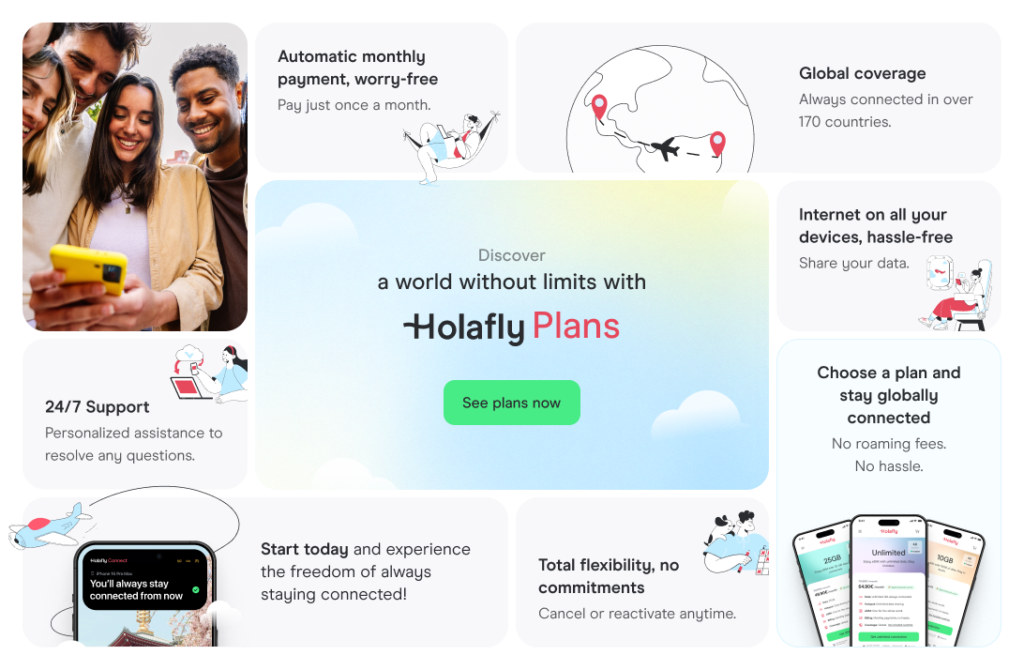
6. Cost of living in Australia: Leisure
Finally, let’s see what prices you’ll find for leisure in Australia. Living in this diverse country, you won’t want to miss entertainment. Leisure isn’t cheap, but there are options for every budget:
6.1. Cinema and theatre
- Cinema ticket: $18-25 A (€11-15). Premium halls like IMAX or Gold Class can reach $35 A ($23 US, €21).
- Theatre or musicals: In Sydney or Melbourne, tickets range from $60-150 A ($39-99 US, €36-91) depending on seat location.
6.2. Parks and zoos
Australia has several theme parks and wildlife reserves. Here are some reference prices:
- Dreamworld (Gold Coast): $120 A ($79 US, €73) per ticket.
- Taronga Zoo (Sydney): $49 A ($32 US, €30) per adult.
- Great Barrier Reef Marine Park (entry + snorkel): $220 A ($145 US, €133).
6.3. Streaming and TV
Prefer relaxing at home? These are the main streaming platform prices in Australia:
- Netflix (standard plan): $16 A ($10.57 US, €9.70) monthly.
- Spotify Premium: $12 A ($7.93 US, €7.30) monthly.
- Disney+: $14 A ($9.25 US, €8.50) monthly.
6.4. Cost of living in Australia: tourist sites
Will you miss Sydney Opera House or other iconic sites? You shouldn’t. Australia has some of the world’s most famous landmarks. Entry prices are approximately:
- Sydney Opera House (guided tour): $43 A ($28 US, €26).
- Uluru-Kata Tjuta National Park: $38 A ($25 US, €23).
- Twelve Apostles Helicopter Tour: $145 A ($95 US, €88).
6.5. Music events and festivals
Australia also hosts many international concerts and festivals. Prices vary depending on event and city:
- International concerts: tickets $80-250 A ($52-165 US, €48-152).
- Music festivals (Splendour in the Grass, Falls Festival): passes $250-450 A ($165-297 US, €152-273).
That’s our full overview of Australia’s 2025 cost of living. In short, Australia offers high wages and great quality of life, but it’s not cheap. If your budget is very limited, you might consider cheaper destinations.
Still, compared with countries with similar economies, Australia provides good balance between income and expenses. If you plan to move or stay for a while, plan your monthly budget in Australian dollars carefully. Look for housing and transport that fit your wallet. Ah! And don’t forget to factor in taxes for foreigners in Australia.





 Language
Language 


















 No results found
No results found



